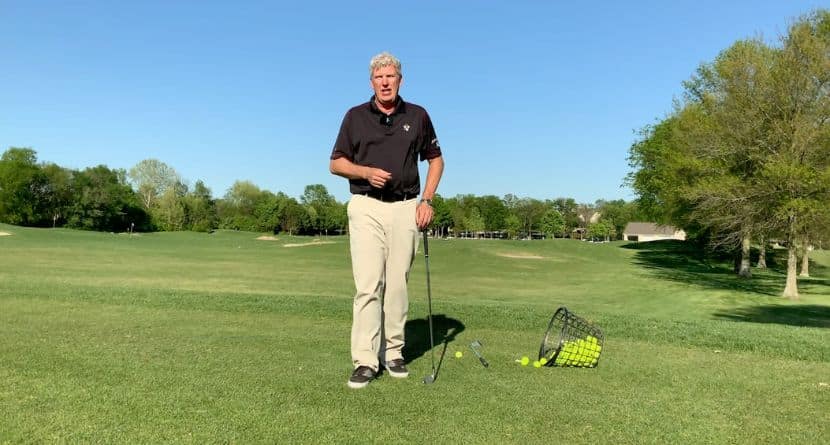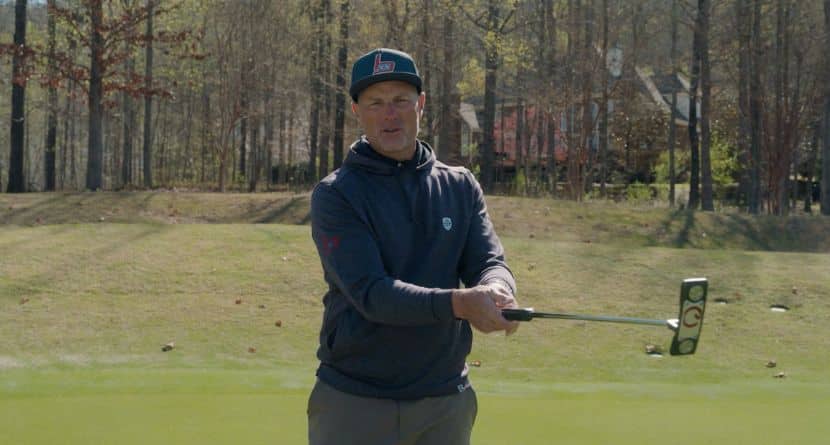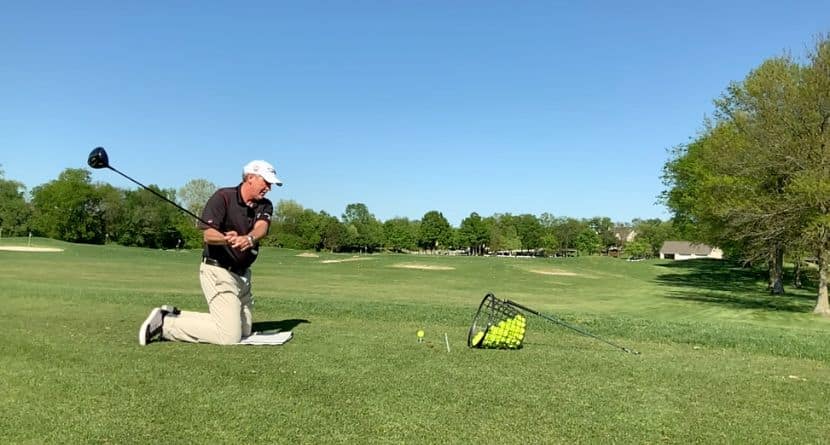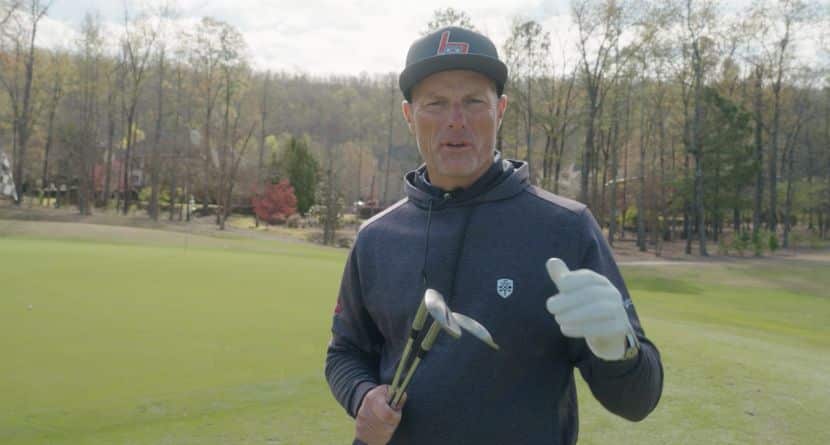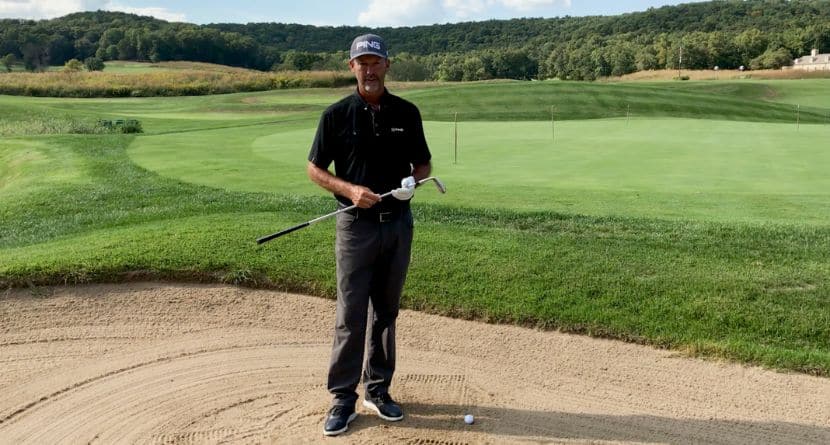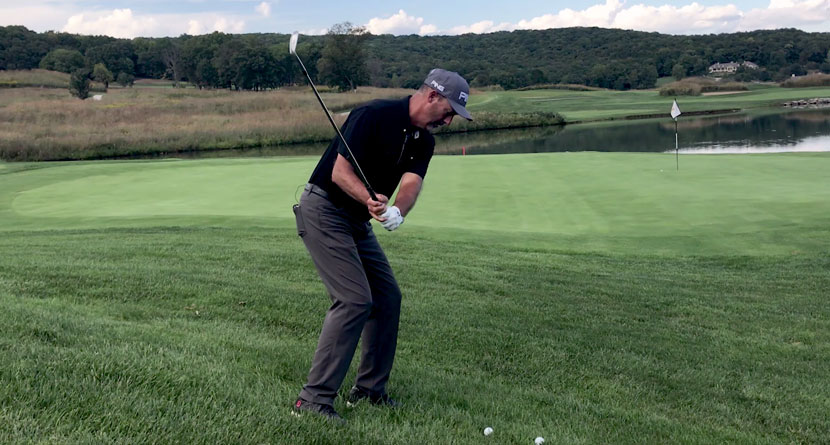71 at The Open Championship. No, that wasn’t Gene Sarazen’s score, it was his age! The clip below shows Sarazen making an ace on the famous 8th hole at Royal Troon — the “Postage Stamp” — 50 years after he failed to qualify for The Open Championship being played at the same course.
This bonafide legend of the game had some amazing accomplishments during his career: “The Shot Heard ‘Round The World” at the Masters is arguably Sarazen’s most famous swing — a perfectly struck 4-wood from 235 yards found its way to the bottom of the cup for an albatross, and we now watch players cross the Sarazen Bridge as they make their way to the green.
Even more remarkable was Sarazen’s record-breaking endorsement with Wilson Sporting Goods. Sarazen penned a deal that didn’t shatter monetary records, but instead was the longest continuous sponsorship in all of sports — 75 years. And the next time you escape from the bunker successfully you will know who to thank.
Sarazen is a legend as much for his on-course play as he is for his invention of the modern sand wedge. Years of frustrated play with the technology of the time forced Sarazen to look for answers and seek a better design. At the time, sand shots were played with a lofted club that had a concave face (later deemed illegal) and a sharp leading edge — it almost scooped the ball. This design didn’t lend itself to consistent shots.
The genesis of our modern-day sand wedge came when Sarazen welded material to the lower third on the back of club. This not only lowered the center of gravity, helping elevate the trajectory of the ball, but more importantly lowered the flange — the back of the club — and positioned it so it would interact with the turf or sand before the leading edge.
This addition eliminated the need to chop and scoop. Now, with the longer and lower flange, bounce had been added to the club. The bounce allowed the club to hit further back and slide along the ground or slide through the sand. With this motion, the club could be released past the hands and high and soft shots became easier to control and execute.
As important as it is to understand why your wedge has a purposeful design, it is even more important you understand how to use the bounce to your advantage. The quickest way to feel the bounce work is the find a lie in some thick rough and drop a few balls. Place the ball in the middle or middle front of your stance and take your lofted wedge that has the longer flange and bounce we have described.
Purposefully hit 3-4 inches behind the ball and notice that with little effort the club will slide along the ground and through the grass, still producing a reasonably lofted shot out of the rough. That’s the bounce working for you. You can count on the design to help the club slide instead of dig and stop, a built-in safety net to help battle against less-than-perfect swings and poor lies.
NOTE: Most golfers carry at least two lofted wedges in the bag, for example, a 54° and 58° wedge. It is always a good idea to vary the bounce between them. Many players will take the lesser lofted of the two and apply more bounce while lesser bounce is often built into the more lofted wedge.
The Tour terminology here is “wedge spread” or how a player differentiates his wedges to allow for the most shot types among the fewest clubs. Varying bounce allows two wedges to hit the shots of 3 or 4 clubs, meaning we can add an extra hybrid or wood to our bag instead of another wedge.


